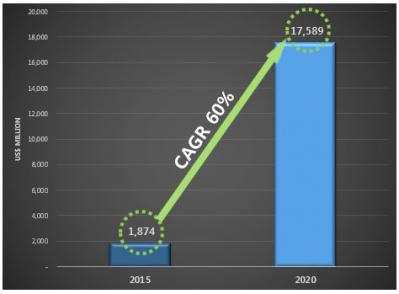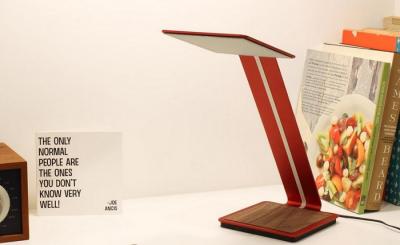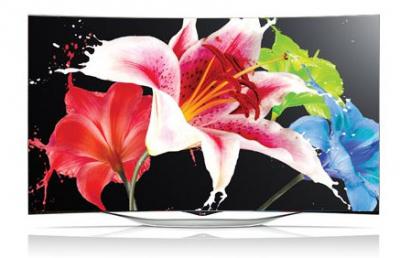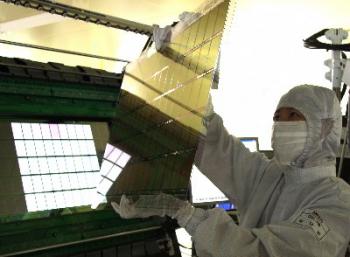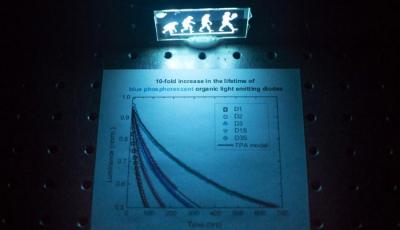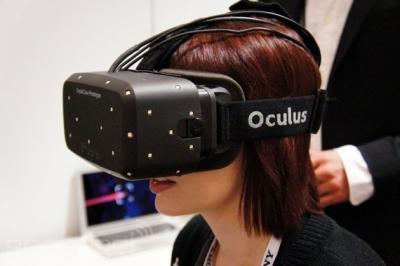A coffee shop in Korea installs 240 OLED lighting panels
A new coffee shop opened in Korea called Marley Coffee (inspired by bob Marley's motto, "One Love"). They installed 15 OLED Butterfly Luminaries that use a total of 240 OLED panels - 53x55 mm panels produced by LG Chem.
Those OLED butterflies are connected to a motion detector, and they flicker when movement nearby is detected. LG Chem says that because the OLED panels have no glare, the flickering does not cause discomfort like in other types of lighting.


